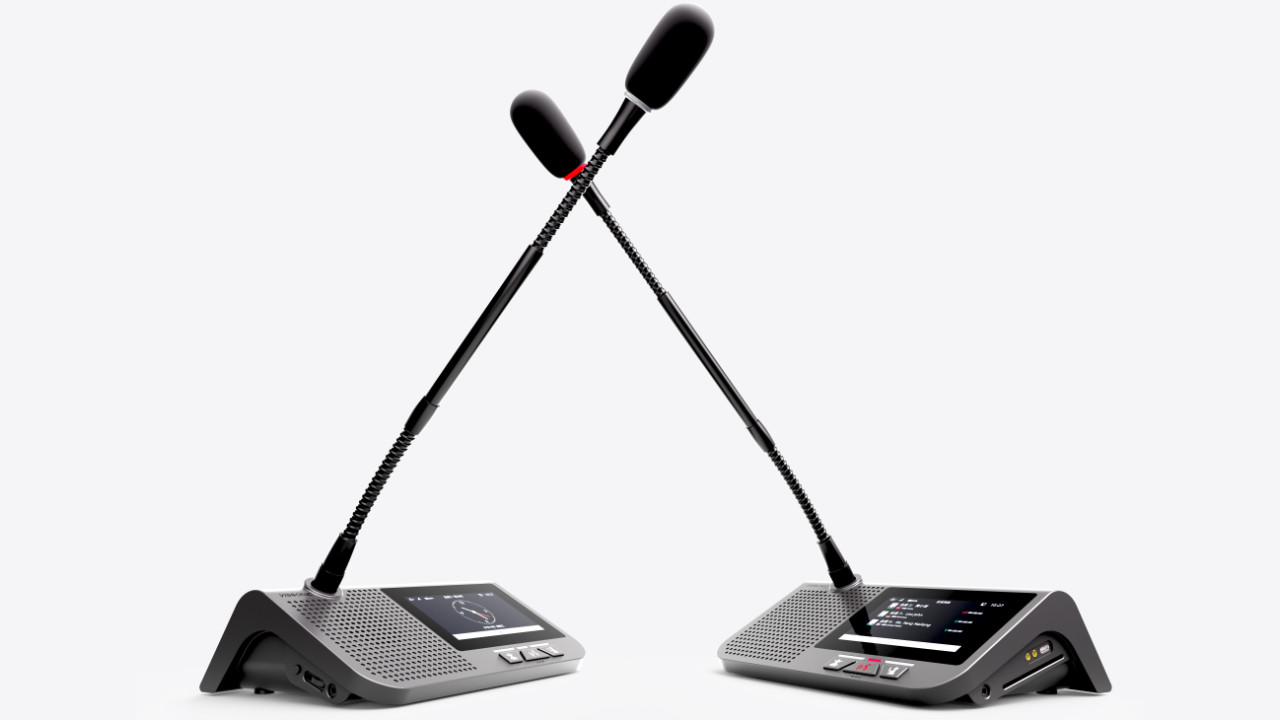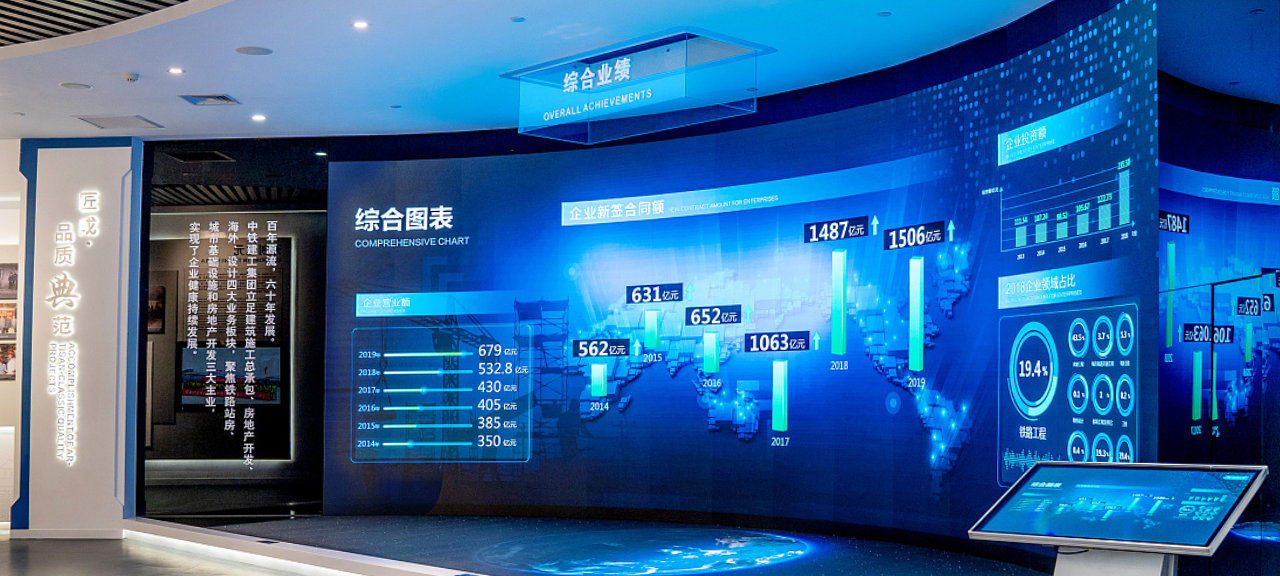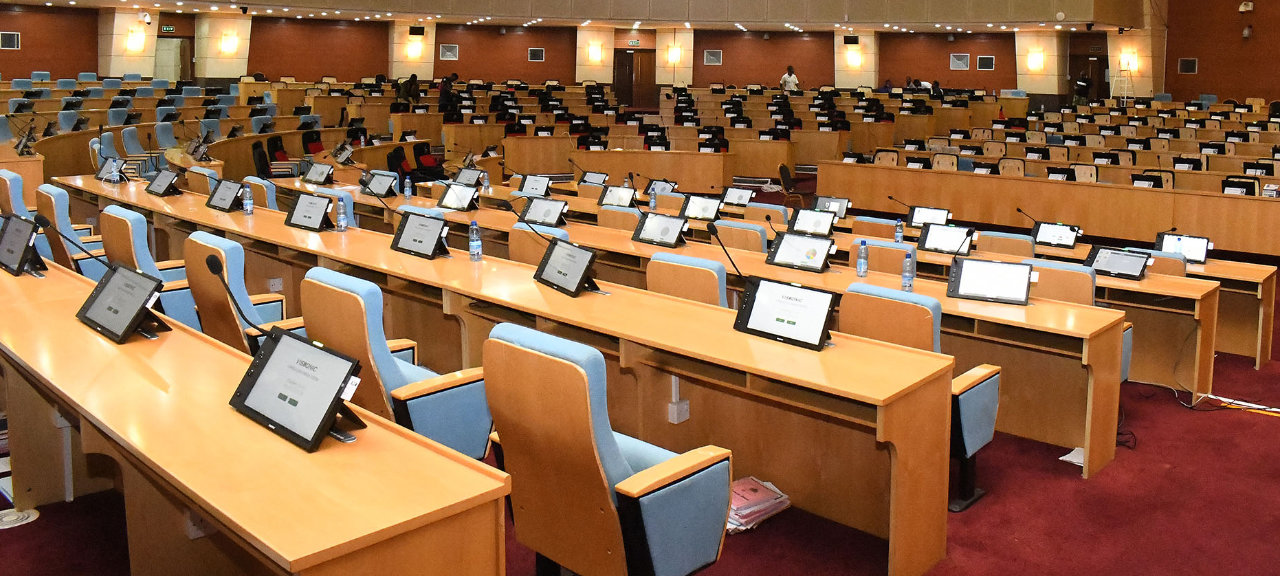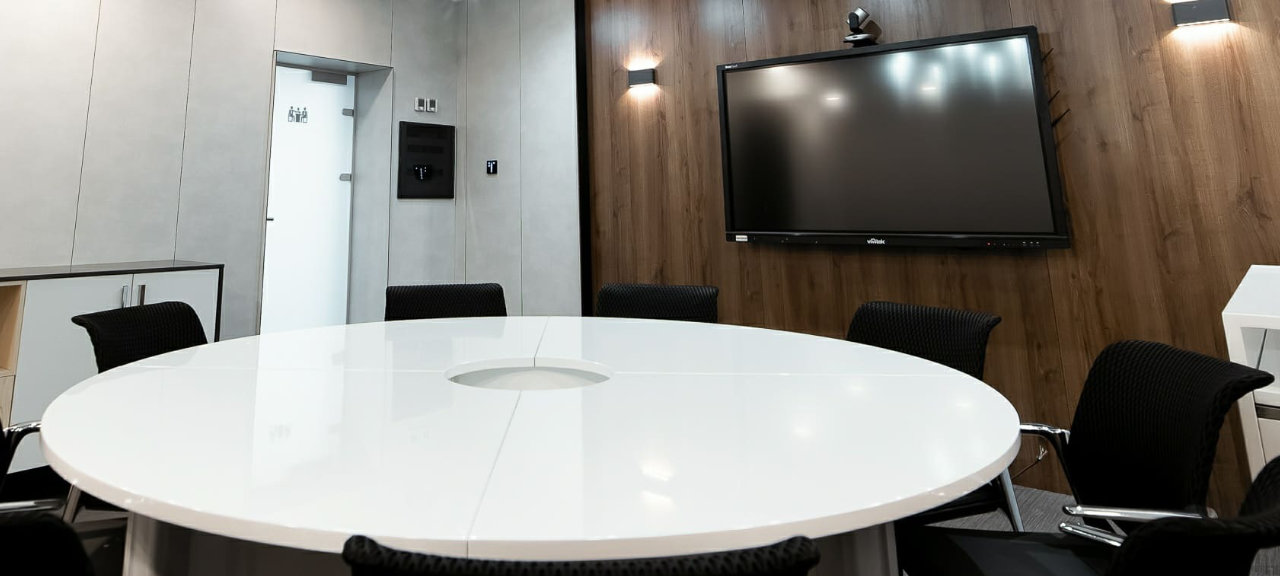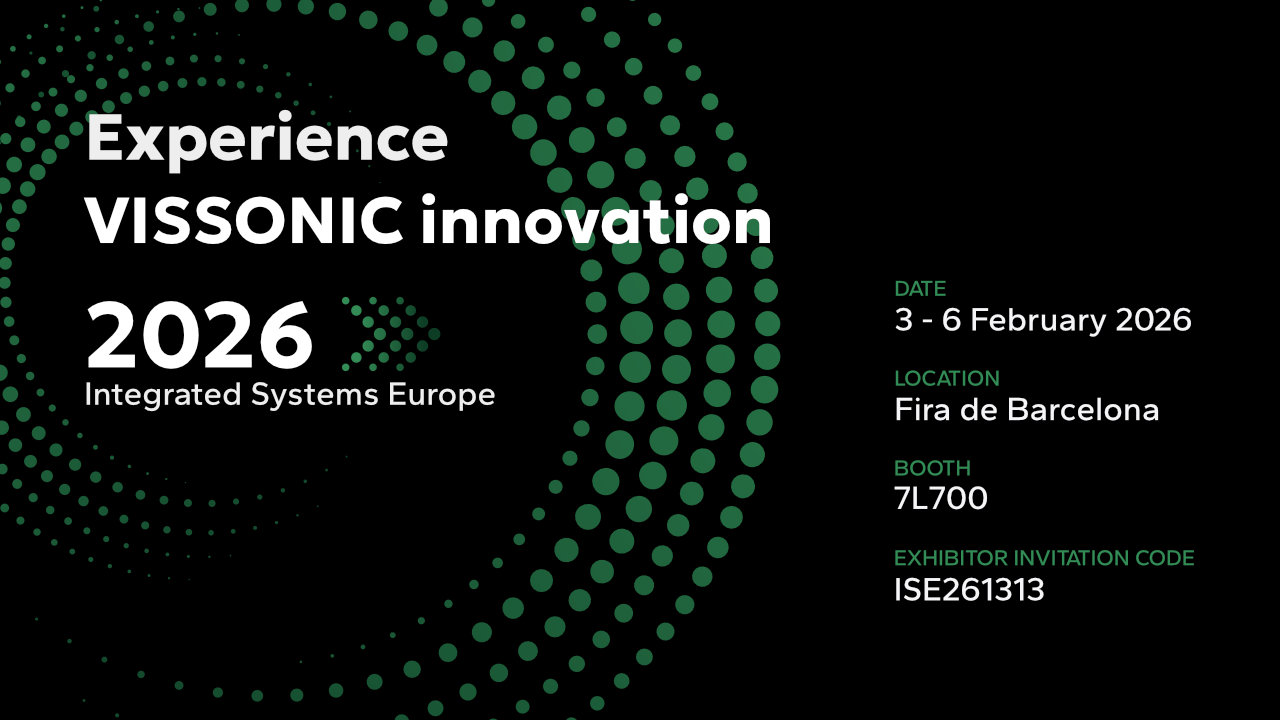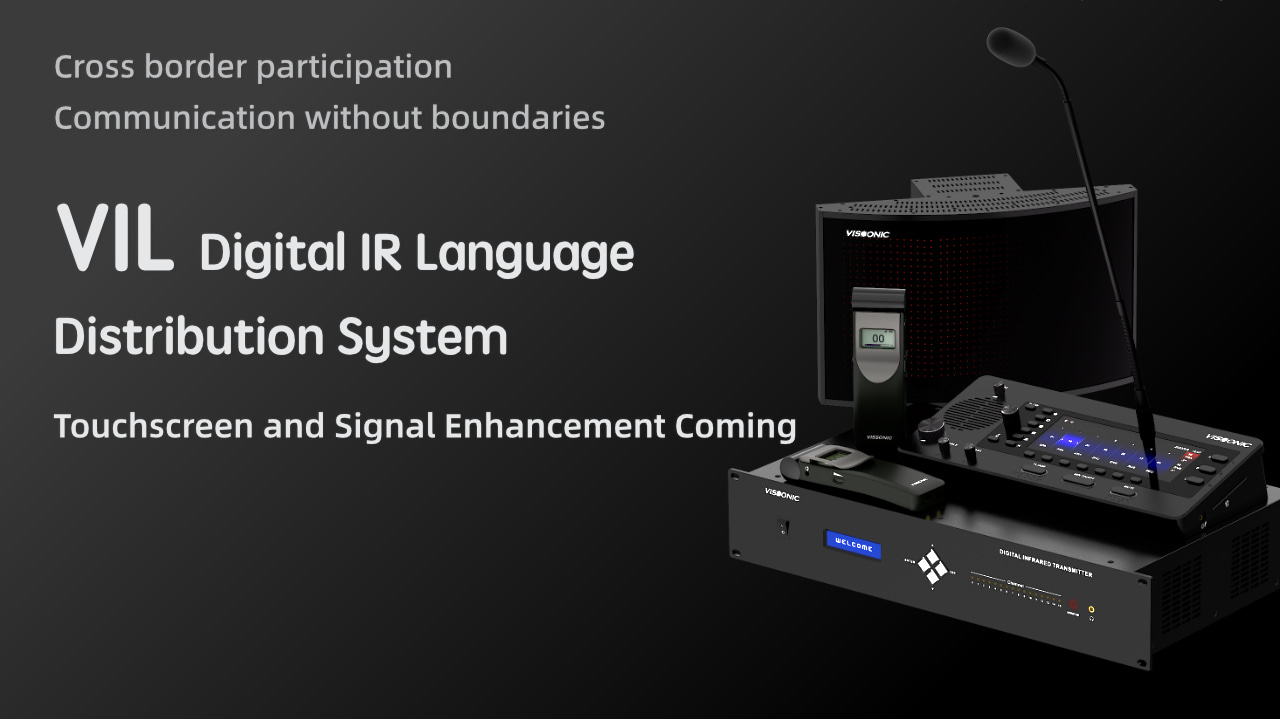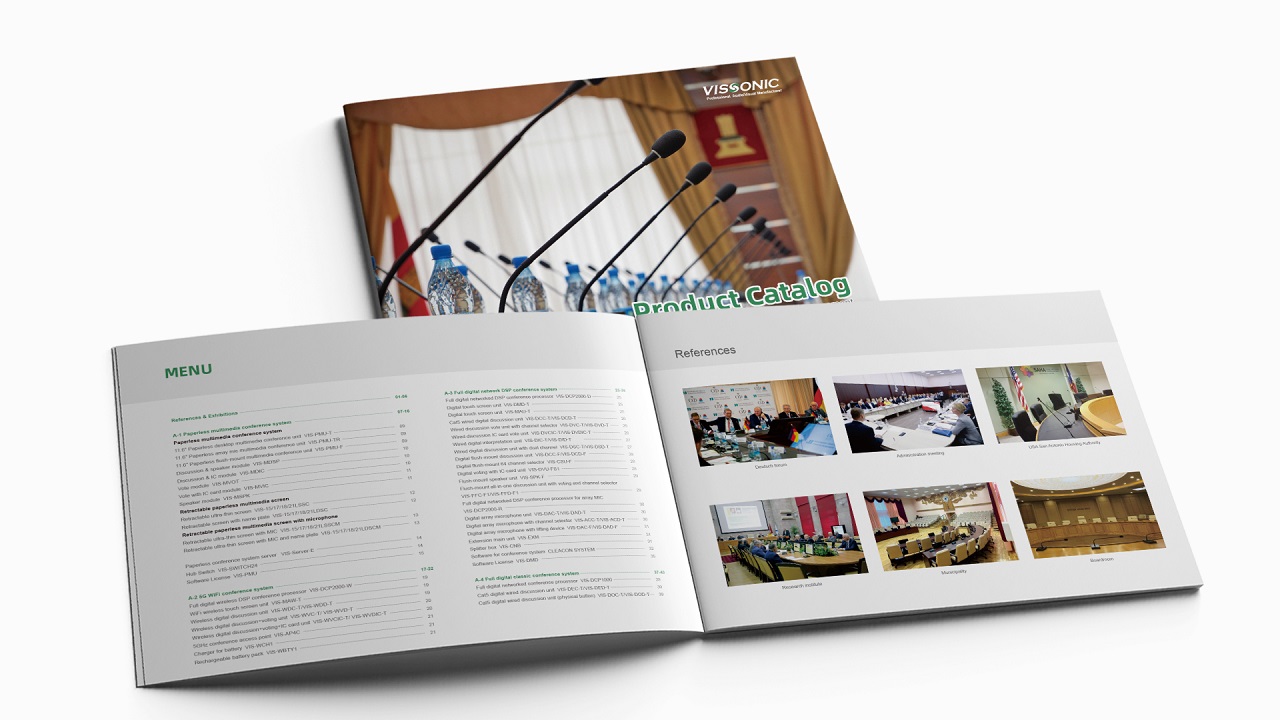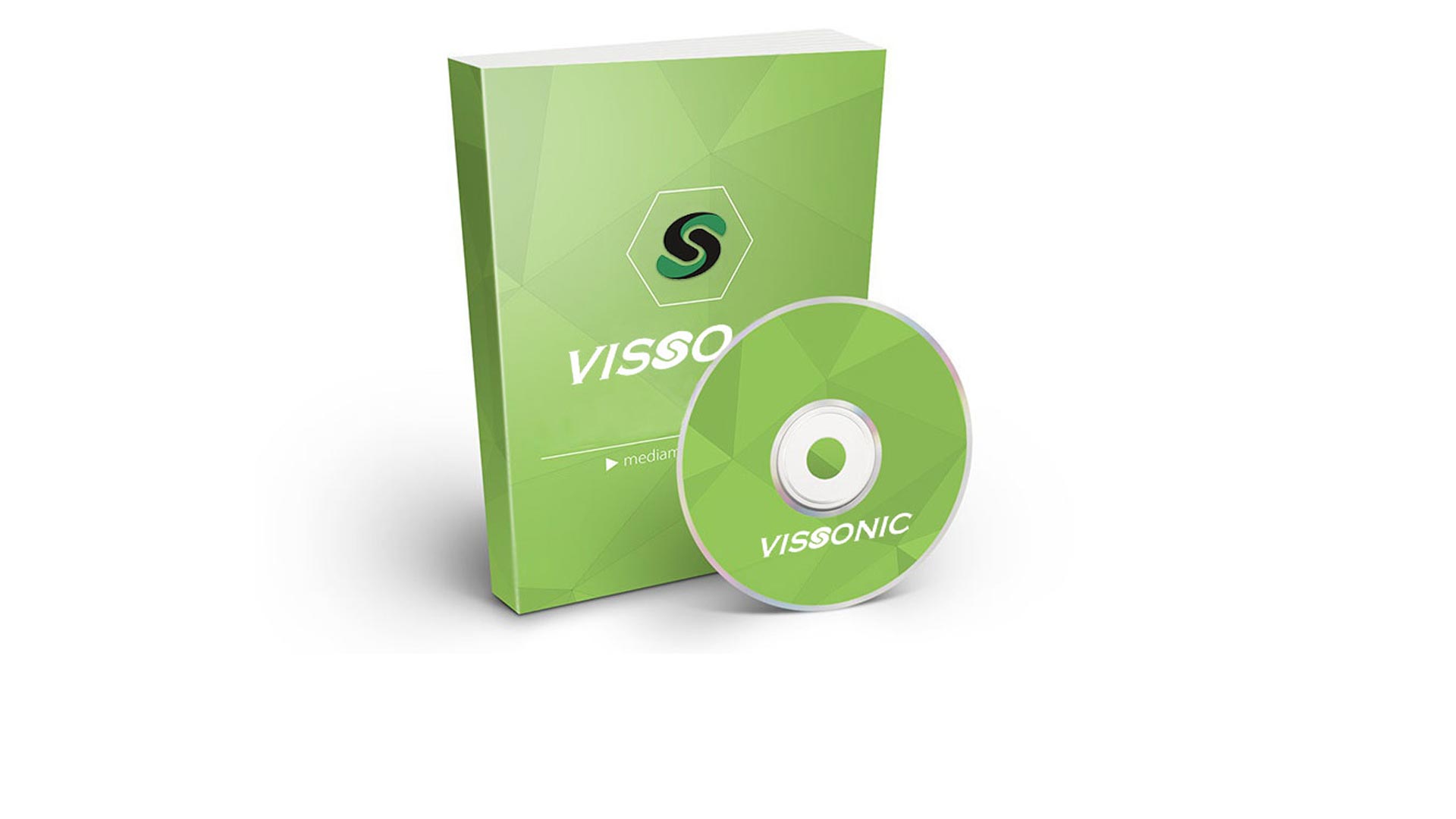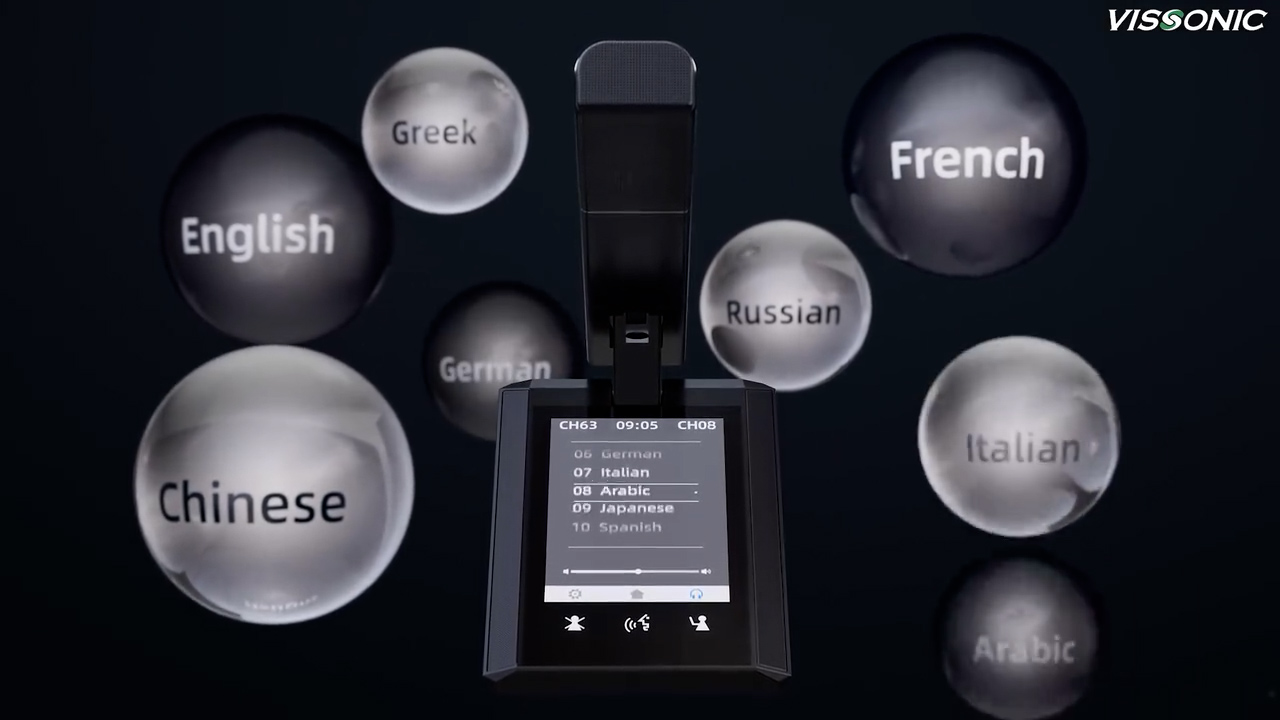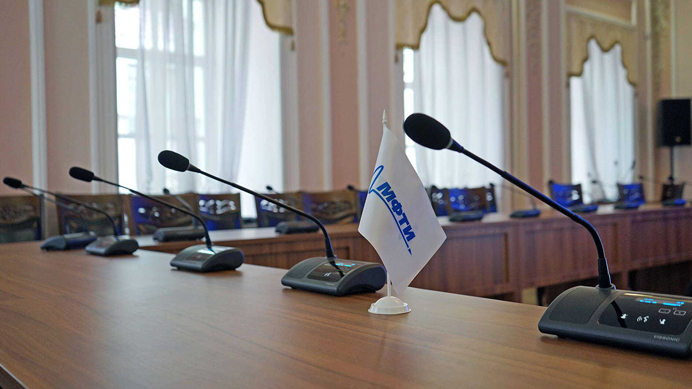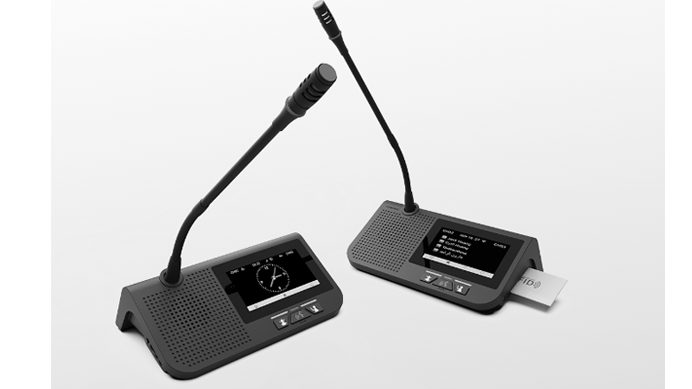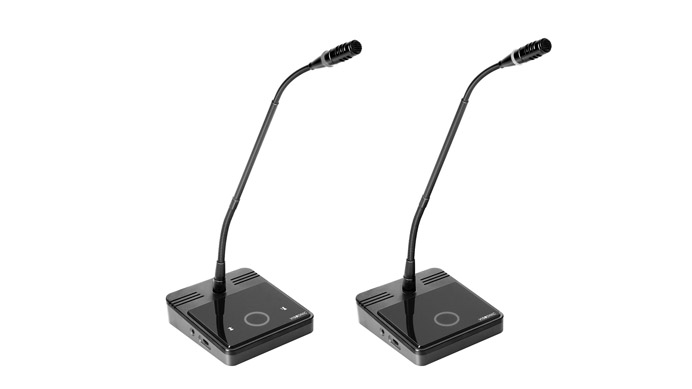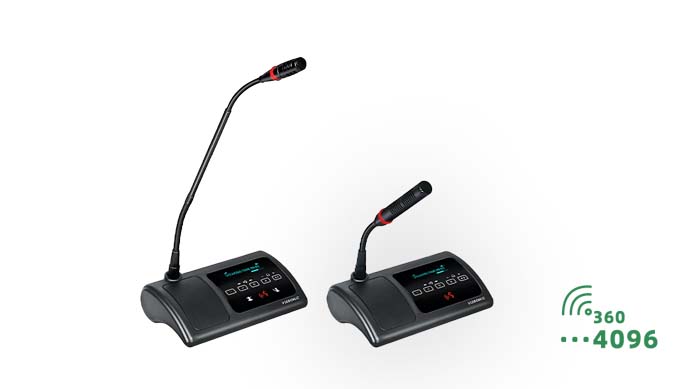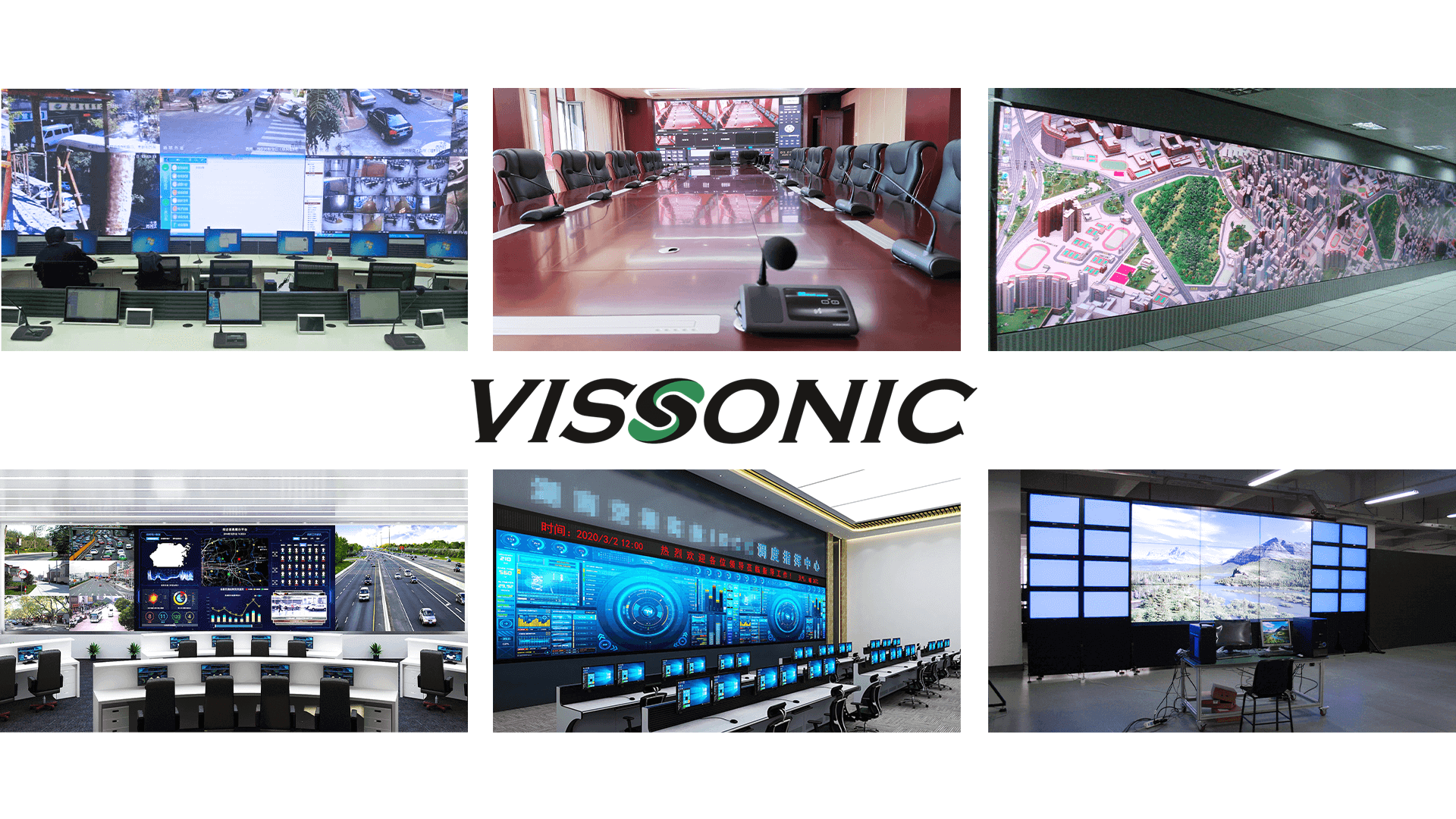Buying a digital basic conference system can greatly enhance communication and collaboration within your organization or during important meetings. ...
Wireless conferencing systems have revolutionized the way we communicate and collaborate in professional settings....
Wireless conference systems have revolutionized the way meetings and conferences are conducted by providing flexible and seamless communication solutions. ...
Conference microphone systems are essential for ensuring clear and effective communication in meetings, conferences, and other group settings. ...
Choosing a wireless conference system requires careful consideration of several factors to ensure that it meets the needs of your conference or meeting environment. Here's a guide to help you sele...
A handheld microphone is a portable device designed to capture sound and transmit it to a sound system or recording equipment. ...
A conference system is a set of equipment that allows groups of people to communicate effectively in a meeting or conference room. ...
Video walls are a popular display technology used in a variety of settings, such as control rooms, retail stores, sports arenas, and corporate lobbies. ...
Video conferencing is a technology that has revolutionized the way people communicate with one another. ...
Digital Light Processing, or DLP, is a display technology that uses tiny mirrors to create an image. It was invented by Texas Instruments in 1987 and has since been used in a variety of applications, including projectors, televisions, and even 3D pri......

